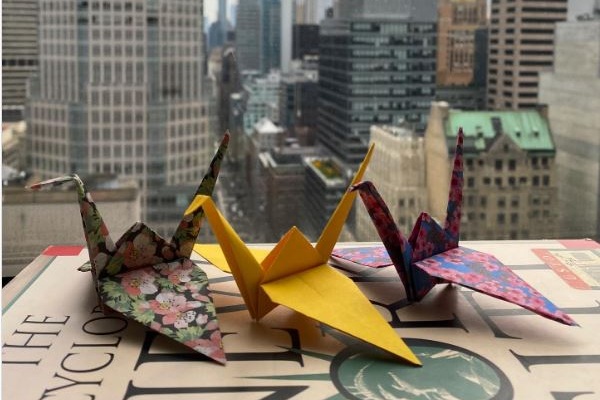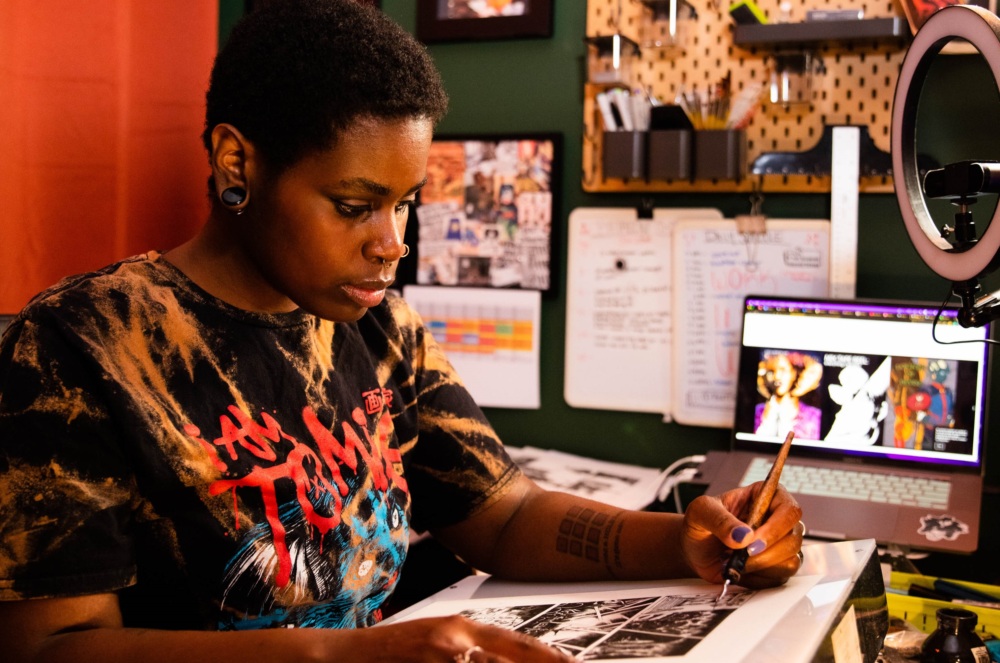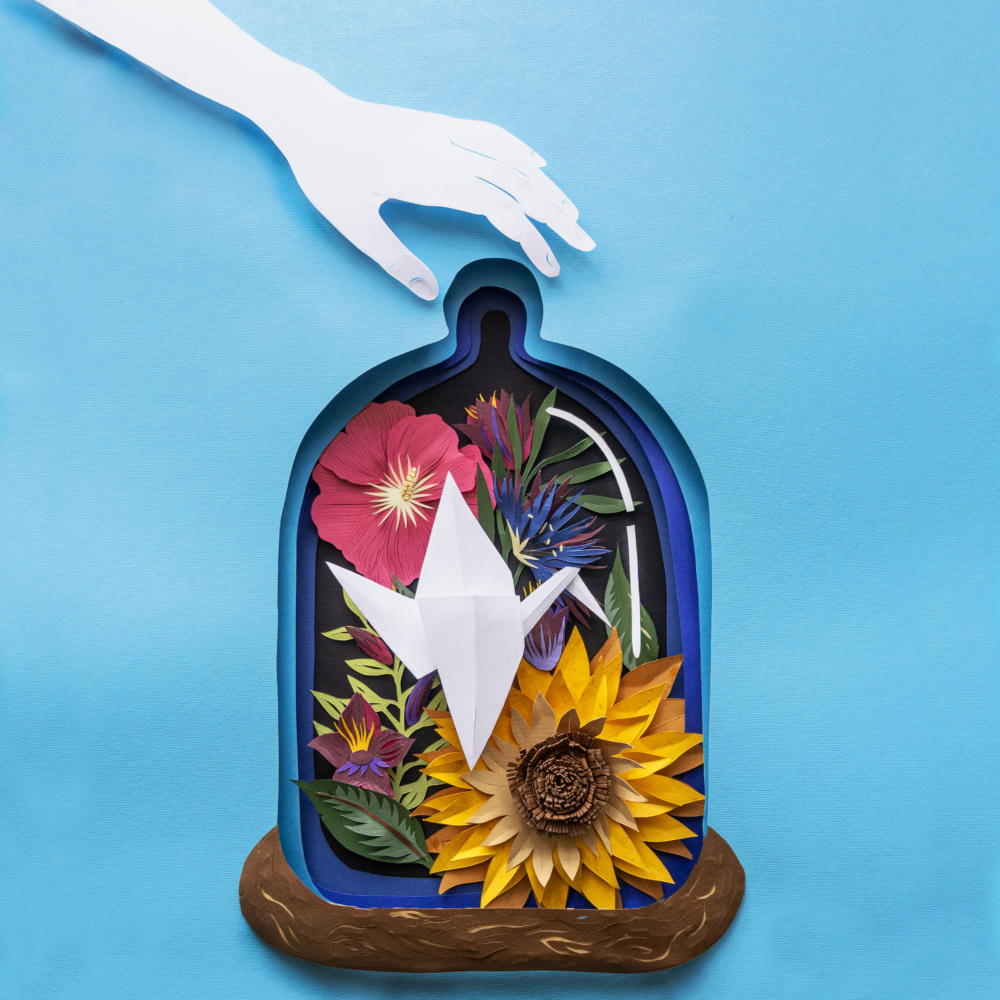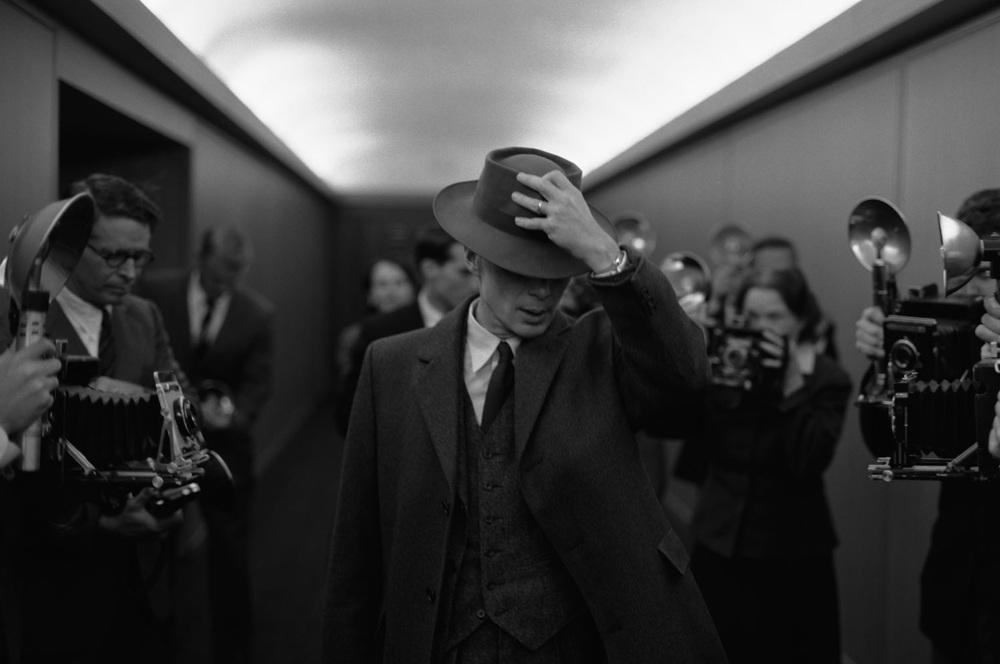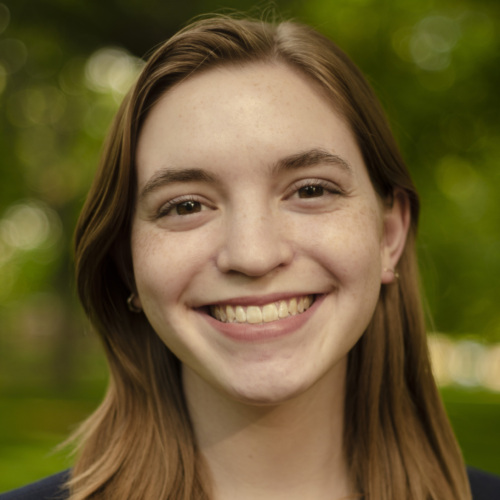
Maggie Thomas
Former Intern, NTI
Atomic Pulse
Sadako Sasaki was just two years old on August 6, 1945 when a 9,700-pound uranium bomb called “Little Boy” was dropped on her hometown of Hiroshima. She survived the blast but was one of many later diagnosed with Leukemia caused by radiation exposure. At the age of 12, Sadako lost her battle against cancer—but her legacy lives on. Following a centuries-old tradition in Japan, Sadako tried to fold 1,000 paper cranes in the hope that her wish to live would be granted. Her story has inspired others to make paper cranes and make a wish for a safer world, and it helped inspire the #CranesForOurFuture campaign.
Building on the success of the inaugural campaign in 2021, the Nuclear Threat Initiative is partnering again with the Hiroshima and Nagasaki prefectures and the Hiroshima Organization for Global Peace (HOPe) on the #CranesForOurFuture campaign to spread a message of hope and demonstrate growing public support for a future without nuclear weapons. The world hasn’t suffered a nuclear bombing in 77 years, but the risk of nuclear catastrophe today is at its highest point in decades amid nuclear threats related to the war in Ukraine and ongoing and evolving risks posed by terrorists, cyber hackers, artificial intelligence, and a deteriorating arms-control architecture.
The campaign calls upon a growing coalition of people and institutions worldwide to come together to fold and share origami cranes on social media from August 5th through 9th around the anniversaries of the Hiroshima and Nagasaki atomic bombings.
Along with folding and posting an image of a paper crane with the hashtag #CranesForOurFuture, participants should include a message of what a world without nuclear weapons means to them, their community, or future generations.
Last year, thousands participated, from Olympic athletes to the United Nations to TikTok Japan, and collectively we reached millions. This year, against the backdrop of war in Ukraine and ongoing nuclear threats from Russia, we hope to reach millions more.
This year’s campaign also coincides with a major meeting of global leaders at the United Nations in New York where countries will review progress to rid the world of nuclear weapons. The #CranesForOurFuture campaign is an opportunity to encourage our leaders to take bold steps toward creating a safer world free of nuclear weapons. Join us Aug. 5-9 in sharing images of folded cranes with your answer to the central question: What does a world without nuclear weapons mean to you?
Sign up for our newsletter to get the latest on nuclear and biological threats.
Gigi Murakami is an American freelance illustrator and manga (comic) creator based in Brooklyn, New York. Her work blends Japanese manga art and vintage American comic and pulp aesthetics.
Eugenia Zoloto is a Ukrainian artist who specializes in paper cutting, collages, and illustrations, in addition to working with oil paints and mixed mediums. She lives in Kyiv with her husband and two children and is participating in the 2023 #CranesForOurFuture campaign by contributing a beautiful floral sculpture featuring an origami crane.
Considering the current nuclear landscape, the power of Christopher Nolan’s film and the moral and ethical questions raised by J. Robert Oppenheimer’s work, movie viewers may be motivated to act to advocate for a world without nuclear weapons. But how?
